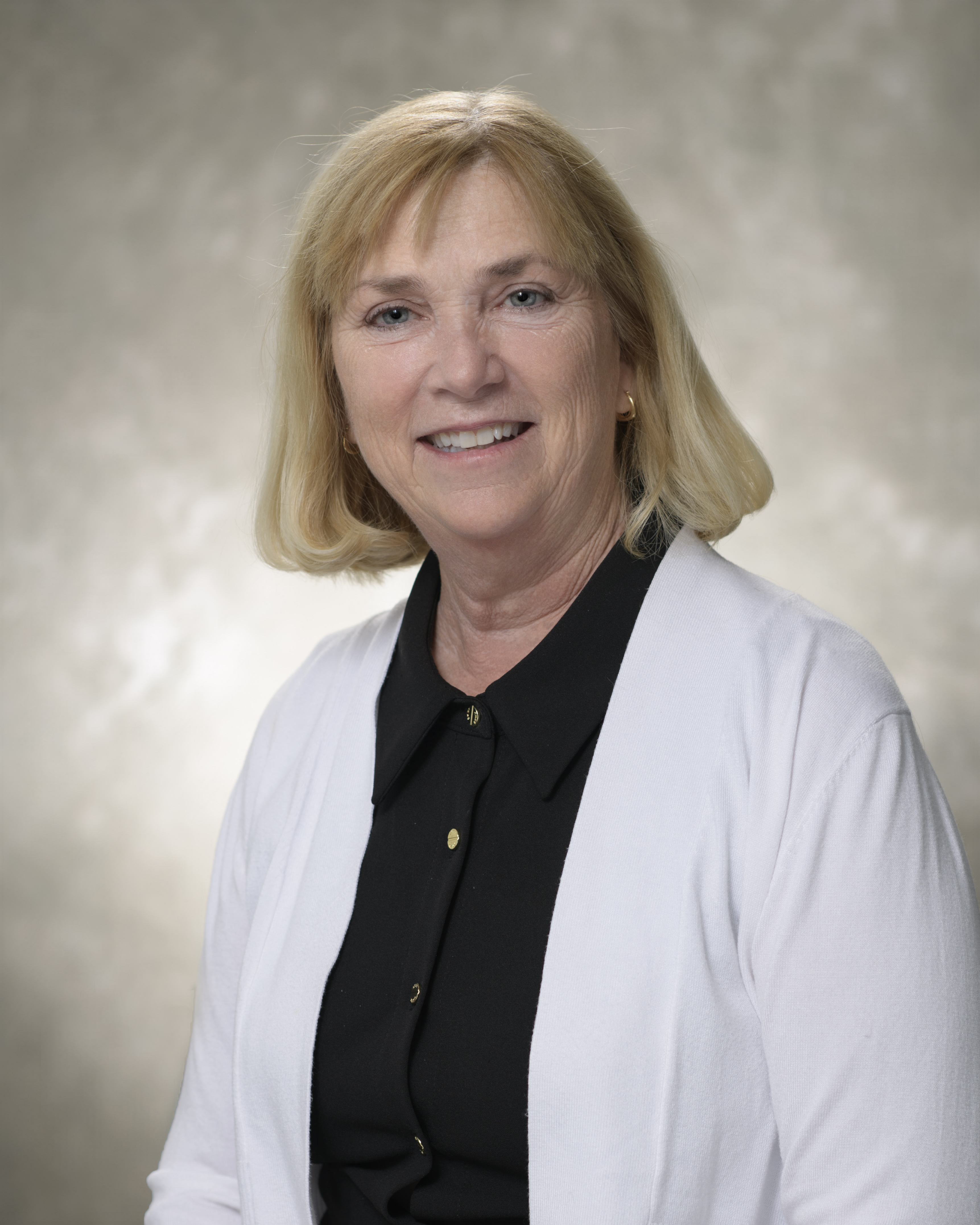It takes more than new instruments and technology to expand the capabilities of research support facilities like the Beckman Institute’s Biomedical Imaging Center and Microscopy Suite. It takes people who have the ability to exploit those resources.
New research scientists have joined both of those Beckman core facilities, enabling them to take full advantage of the capabilities of their instruments. The Biomedical Imaging Center (BIC) brought in two new magnetic resonance (MR) scientists, while the Microscopy Suite, part of Beckman’s Imaging Technology Group, welcomed a new microscopist/spectroscopist.
Ryan Larsen and Wenmiao Lu joined BIC this spring as MR dedicated research scientists, with a particular focus on the two 3T magnets that have become important tools for neuroscience researchers at the University of Illinois. Dianwen Zhang joined the Microscopy Suite as a light microscopist/spectroscopist.
Both BIC director Tracey Wszalek and Microscopy Suite manager Scott Robinson used one word in describing what these new additions bring for their facilities and for the researchers who use them: expertise.
“We are very lucky to have him,” Robinson said of Zhang, who has a background in both materials and biological light microscopy, as well as spectroscopy, and a Ph.D. in Biophysics. Robinson said Zhang will oversee the facility’s two confocal microscopes, the fluorescence microscope, and the fluorescence correlation spectroscopy system. In addition, his domain will include a new Raman confocal microscope that is scheduled to be installed this fall.
“He began by benchmarking and improving the efficiency of every one of the instruments for which he is responsible,” Robinson said. “What he’s doing is methodically going through this equipment and ensuring it works the best it can, so he can go in and help people. He really has the expertise to back up what needs to be done.”
Wszalek said her two new scientists allow BIC to take full advantage of the magnets.
“Now we finally have people doing things with this equipment that it has been capable of doing, but we hadn’t had the expertise before,” she said. “I now have people who can really assess the value of these pieces of equipment that we’ve had access to, but not the people to really see what they could do. It was like having a racecar but you don’t take it out much. Now somebody’s driving the car.”
Wszalek said Larsen and Lu bring different backgrounds with them to BIC, but both have extensive resumes when it comes to doing research.
“Ryan has had a lot of programming and image processing experience while Wenmiao is more of a classically trained MR scientist,” she said. “I want them to be exposed to everything in the MR and then in September we plan to identify what are going to be their primary areas of expertise.”
Wszalek expects their knowledge and talents to be useful for ongoing projects and for any future ventures that research scientists dream up, including ones that BIC hasn’t done before.
“I want people to know we’re still open to imaging anything,” she said.
Robinson said Zhang’s expertise comes both from training and from experience.
“He’s built his own confocal microscopes from the ground up, so what we wanted to do was get him in and show him all these commercial systems that we have; he picked them up in no time,” Robinson said. “He’s already going above and beyond what we had before. For example, he’s checking point spread functions, checking actual resolution of the microscope directly and ensuring it meets all standards absolutely perfectly.”
Robinson said Zhang understands the theory underlying microscopy.
“He knows exactly how the microscopes should work, so all he has to do is pick up how the company has written the software,” he said. “Each one of these things he knows what the resolution should be, he knows how the instrument should perform.”
Robinson said getting Zhang on board has allowed them to return a second confocal microscope to working order.
“This is fantastic because it gets us back to two-photon capability, multi-photon capability, something that a few users have been wondering about for some time and now he’s bringing it all back,” he said. “Similarly with the fluorescence correlation spectroscopy system he knows exactly the theory of that, he knows exactly how that’s supposed to work. He’s methodically going through everything and ensuring it works optimally. That’s exactly what we wanted and I’m just thrilled.”


